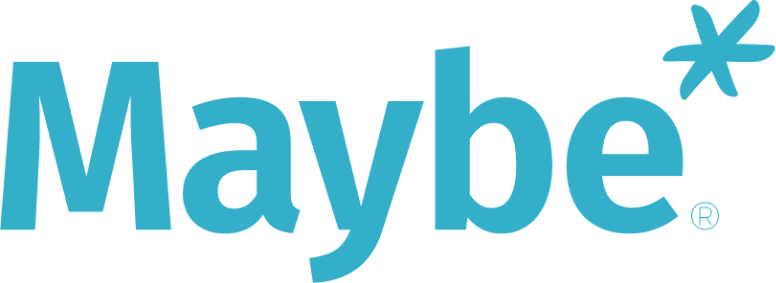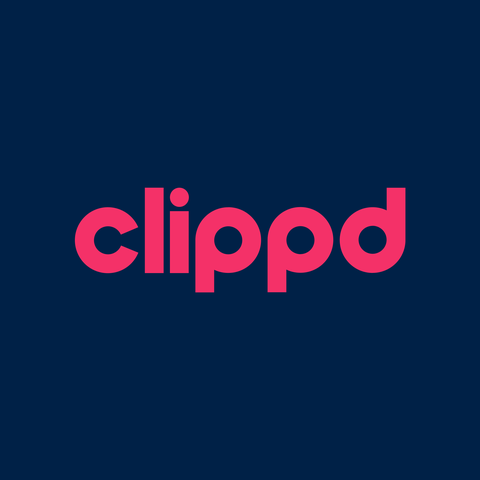
Effortlessly transform your digital communications
Maybe* unlocks unlimited potential with AI-powered simplicity.
No obligations | Cancel at anytime
Why Maybe*?
Ditch the guesswork. Achieve more with AI-powered tools that save you hours and deliver better communication results.
No obligations | Cancel at anytime
A platform your team will love
Streamline communications with Maybe*. The all-in-one AI-powered communications platform. Multi-channel tools, 24/7 support and unlimited social media accounts.
No obligations | Cancel at anytime
Every communication and automation tool you’ll ever need
-

Comprehensive dashboard
Access a comprehensive dashboard to view all your business analytics and statistics in one place.
-

Extensive Maybe* AI
Leverage personalised AI capabilities for more efficient digital marketing strategies that deliver better results.
-

Social media management
Schedule and manage social media posts effortlessly with AI-powered content and image creation.
-

Ads manager
Optimise your advertising campaigns to new audiences across multiple platforms using AI crafted content and images.
-

Web chat
Customise and integrate chat widgets on your websites to encourage your visitors to make contact so you can follow up.
-

Unified inbox and calendars
Manage your incoming appointments, SMS, calls, emails, web chat and your website in one central location.
-

Mobile app
Enable your team to manage all your incoming appointments, SMS, calls, emails, web chat on the go and see it in your inbox.
-

Business automation
Critical processes in one place, custom funnels, website pages, triggers, surveys, emails, SMS and so much more.
-

24/7 expert support
Access expert assistance around the clock for any questions or challenges and join daily workshops with experts.
Whether you're an SME or a PLC
Say goodbye to content creation woes, small audiences, data overload and campaign inefficiencies. Maybe* offers AI-driven solutions to address your specific challenges.
No obligations | Cancel anytime
As seen in
24/7 expert support
A powerful easy-to-use platform with on-demand expert help. Our team supports you all day every day, ensuring your ongoing success.
No obligations | Cancel at anytime
Join thousands of other businesses

Transform your digital marketing
Join thousands of businesses relying on Maybe* to conquer digital marketing challenges.
No obligations | Cancel at anytime


































































